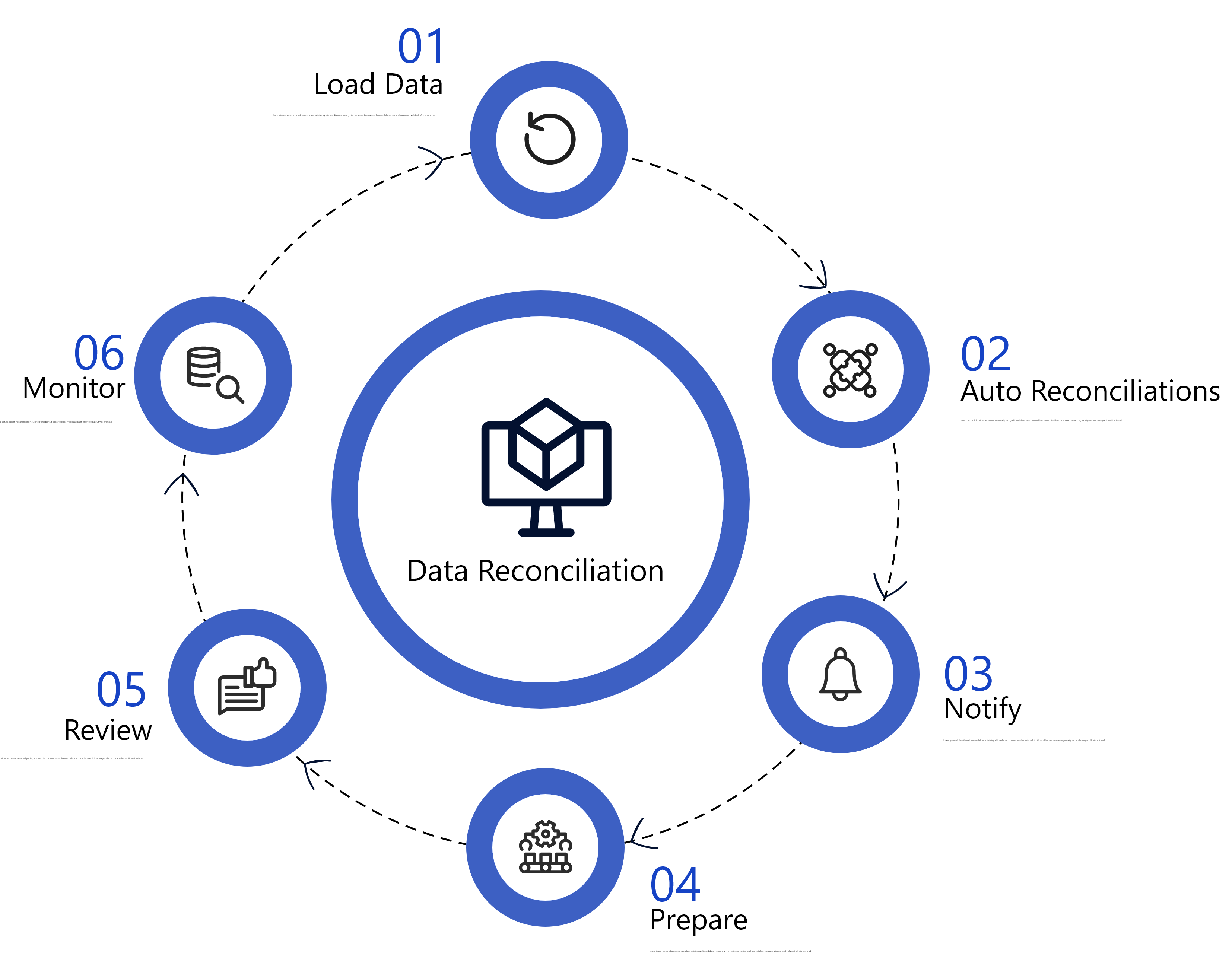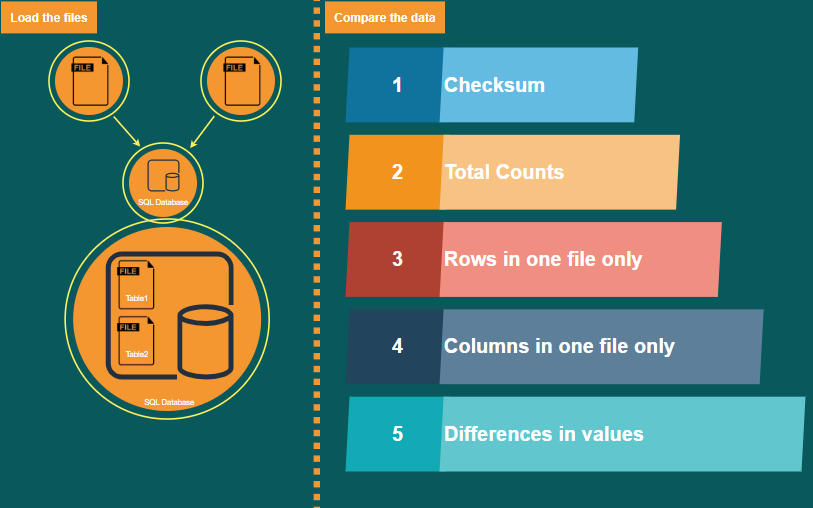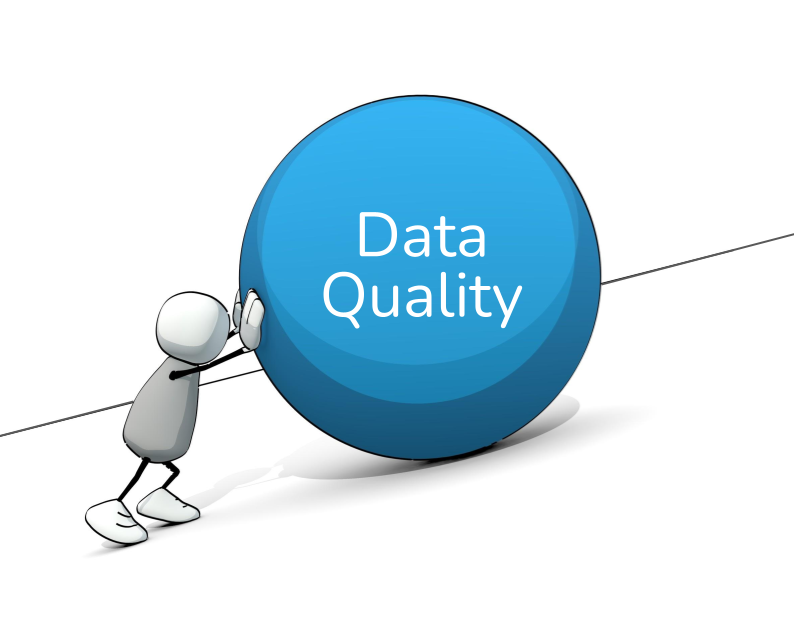Data Reconciliation
What is data reconciliation and how does it work?
Data integration begins with the replication of data that is integrated and transformed into a more suitable format that can be used in a system or destination database.
However, before going ahead with this, it is vital that the destination data matches that of the source systems. In other words, data reconciliation refers to the process of comparing the target data to the original source data.











